
OR
Editorial
Tapping the potential of Nepal’s cement industries
Published On: August 26, 2023 08:10 AM NPT By: Republica | @RepublicaNepal
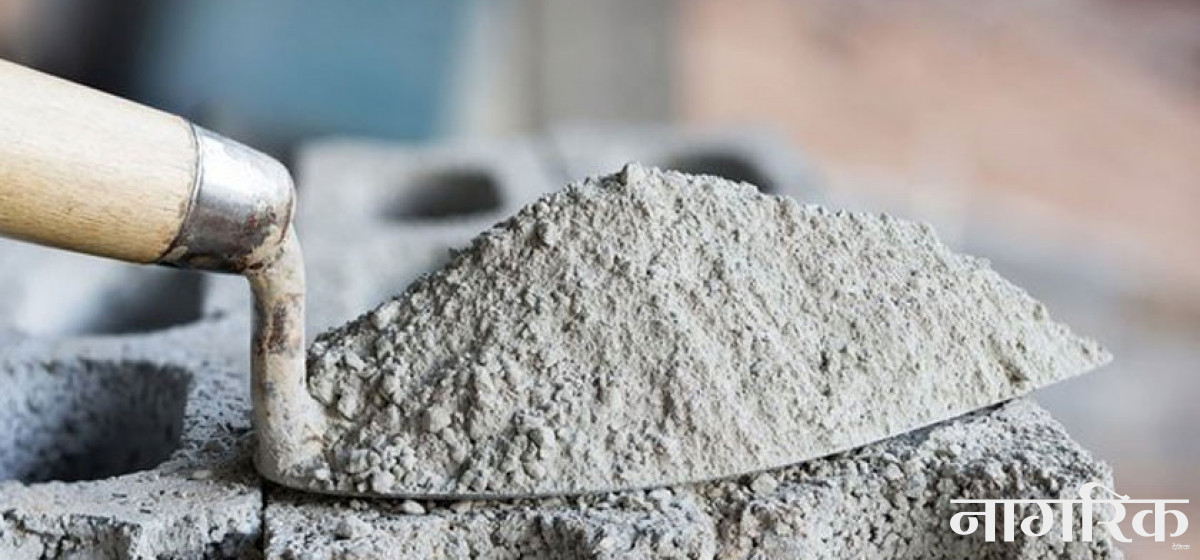
The recent news of Nepal exporting cement and clinker worth Rs 234.98 million in the first month of the current fiscal year marks a significant step forward for the nation's economy. This achievement underlines the latent potential of Nepal's cement industries and provides a compelling reason for the government to take proactive measures to tap into this sector's full capacity. The export figures, as reported by the Department of Customs, highlight the growing demand for Nepali cement and clinker in the international market. The export of 9,573 tons of cement and 25,742 tons of clinker is not merely a one-time occurrence but a testament to the industry's capabilities. This surge in exports can be attributed in part to the government's timely decision to offer an eight percent cash subsidy on cement and steel exports, and to waive a substantial portion of electricity tariffs for eligible manufacturing plants. These policy interventions have undoubtedly stimulated production and opened avenues for businesses to flourish.
Nonetheless, it is important to address the challenges that this sector faces. One pressing issue is the need for streamlined quality certification processes, particularly when exporting to neighboring India. The concerns raised by the Cement Manufacturers' Association of Nepal regarding the quality certification from the Indian government should be taken seriously. Collaborative efforts between the governments of Nepal and India to facilitate these certification procedures could further boost exports and foster stronger economic ties between the two nations. The success stories of companies like Palpa Cement Industry, Arghakhanchi Cement Limited, and Balaji Cement Industries are inspiring, yet they are just the tip of the iceberg. With the right support, more Nepali cement manufacturers can seize opportunities in both regional and global markets. The potential for growth and revenue generation is immense, especially considering the ambitious production capacity of 22 million tons reported among the domestic cement manufacturers.
To fully harness this potential, the government needs to adopt a multi-faceted approach. First, there must be continued incentives for exports, ensuring that cash subsidies and electricity tariff waivers remain stable. Secondly, the government should collaborate with industry stakeholders to address challenges related to quality certification, trade barriers, and logistical efficiency, particularly for cross-border trade. This could involve diplomatic discussions with trading partners to create a more conducive environment for Nepali cement in foreign markets. Furthermore, as the industry expands, it's vital to maintain a balance between domestic consumption and exports. Infrastructure development within the country demands a steady supply of cement, and the government should ensure that the growing export sector doesn't lead to shortages or price hikes at home. Striking this balance will require strategic planning and close coordination between government bodies and industry leaders.
Needless to say, the impressive export figures from Nepal's cement sector paint a promising picture of the country's economic prospects. This can be another major export item after electricity for Nepal. It is therefore imperative for the government to capitalize on this momentum by fostering an enabling environment for cement manufacturers. Addressing challenges, enhancing quality standards, and providing consistent support will lead to a robust and sustainable growth trajectory for the industry. The time is ripe for Nepal to solidify its place as a significant player in the regional cement market and to drive its economy forward through the untapped potential of its cement industries.
You May Like This
_20201014060614.jpg)
Nepal abstains from voting as UNHRC adopts resolution against Sri Lanka's human rights record
KATHMANDU, March 23: Nepal has chosen to abstain from voting in the United Nations Human Rights Council on a resolution... Read More...

Dec 20: 6 things to know by 6 PM today
Your daily dose of missed important news of the day. ... Read More...

Govt should prioritize Miss Nepal: Miss Nepal Shrinkhala Khatiwada
MAKWANPUR, April 24: Newly crowned Miss Nepal World 2018, Shrinkhala Khatiwada has urged the government to prioritize the pageant as... Read More...


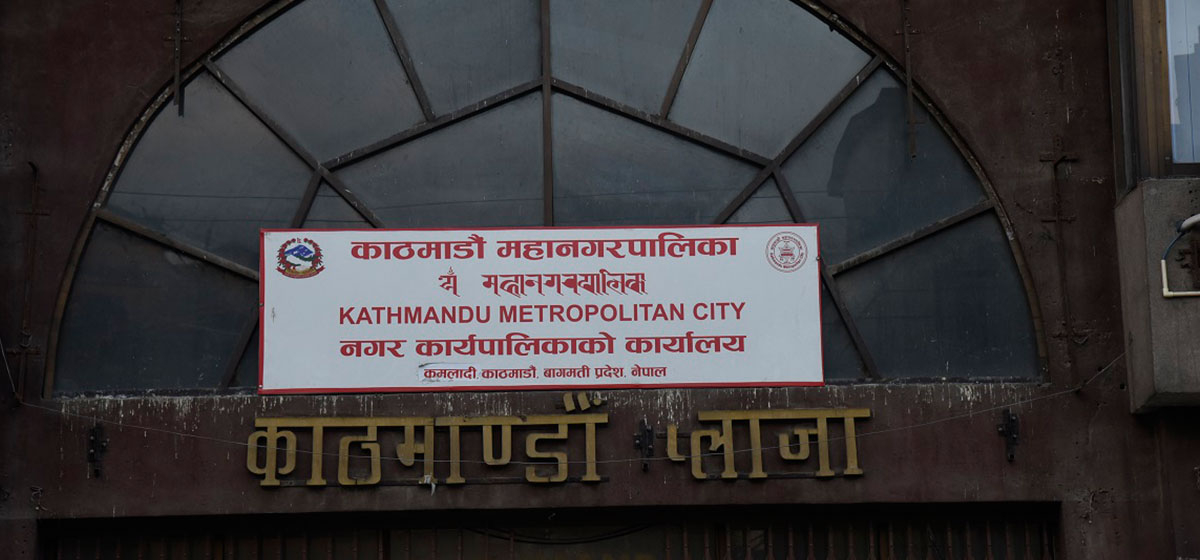
Just In
- Fourth T20 match: Nepal to field first after losing toss against West Indies A
- Cricketer Lamicchane warns to disclose names of those involved in conspiracy against him
- Gold price increases by Rs 2,000 per tola
- Elderly couple dies in fire
- Ambassador of Nepal to Canada, Bharat Raj Paudyal presents letter of credentials to Governor General Mary J Simon
- Butwal: Schools closed for two days due to extreme heat
- Free-of-cost electric cremation at Pashupati Aryaghat from July 17
- Health Ministry to run 'extensive search and immunize' campaign for children



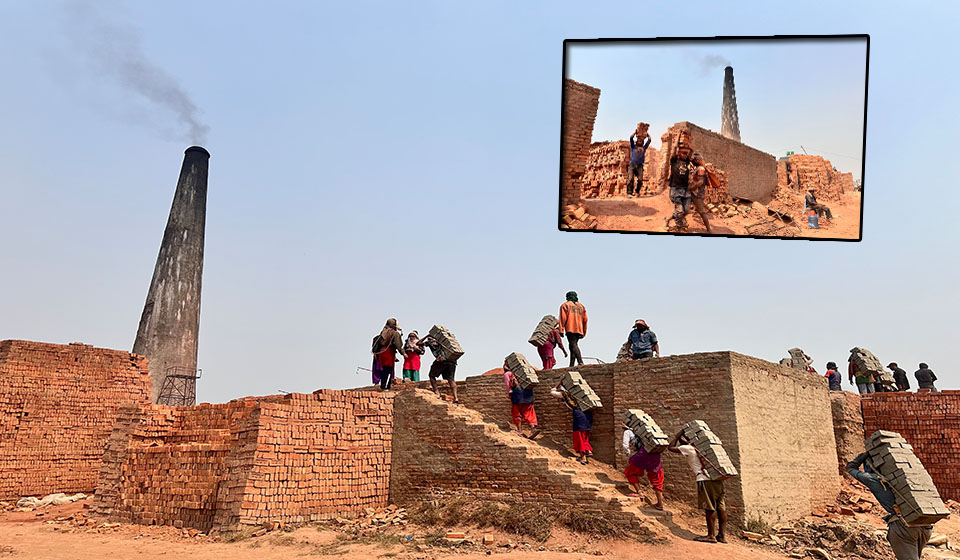

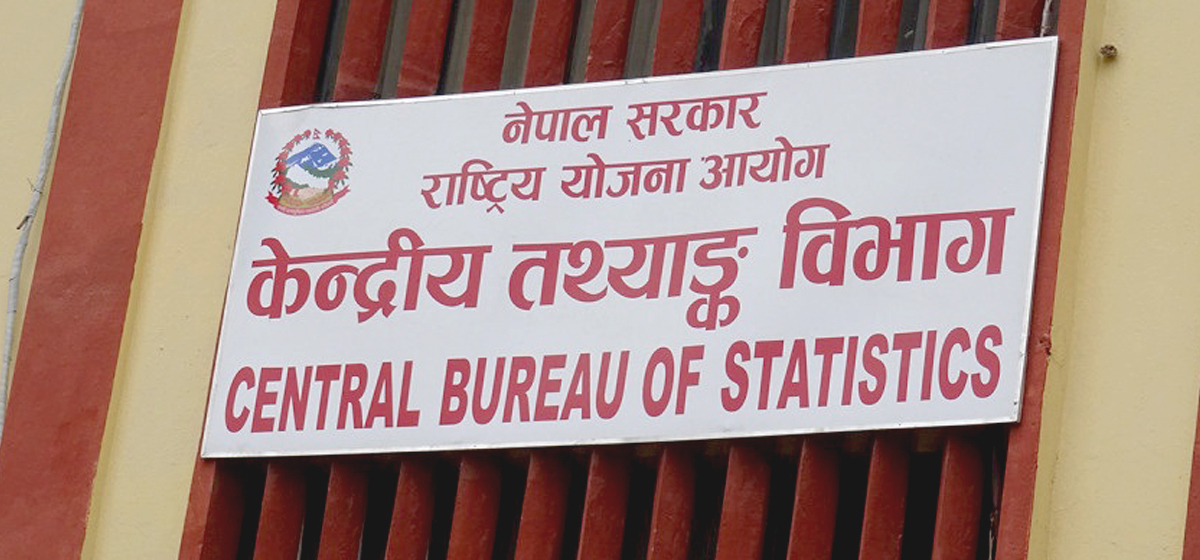
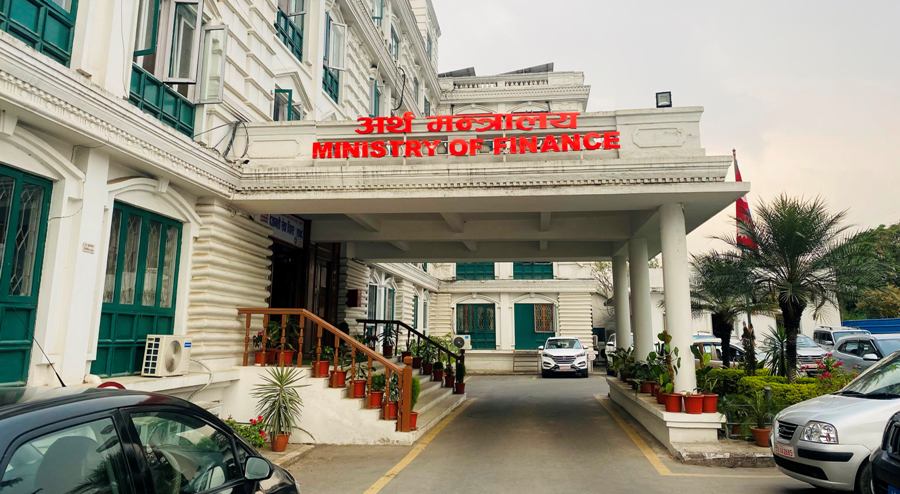









Leave A Comment